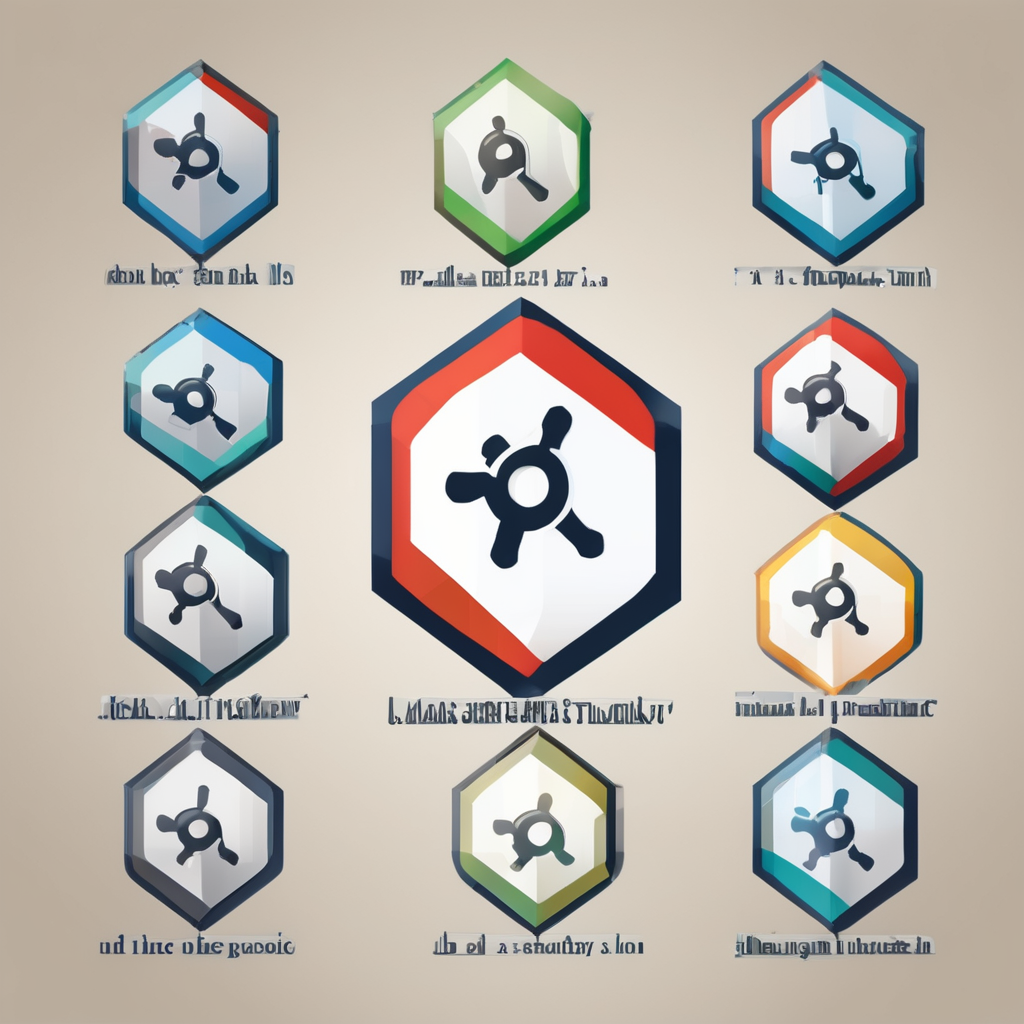Vallourec’s transparent shareholding structure reveals a well-balanced ownership that combines institutional stability with employee participation. As of Q3, the company reported improved financial metrics with a net debt reduction of €200 million compared to the previous year, according to their latest quarterly results. This ownership transparency offers investors clear visibility into corporate governance and strategic direction. Are you considering how this French industrial leader’s ownership structure might impact your investment decisions?
Current share ownership distribution and major stakeholders
Vallourec’s shareholding structure reflects a diverse investor base with clear institutional leadership. As of late, institutional investors hold approximately 65% of the company’s shares, providing stability and strategic oversight to the steel tube manufacturer’s operations.
Also read : Unlock Profitable Rural UK Rental Investments: Your Comprehensive Guide to Long-Term Success
The largest stakeholder positions include major financial institutions and investment funds, with several holding stakes exceeding 5% of total shares. Notable shareholders encompass European pension funds and specialized industrial investment vehicles that align with Vallourec’s long-term energy transition strategy.
Employee stock ownership represents roughly 8% of total shares through various participation programs, demonstrating strong internal confidence in the company’s future prospects. This employee engagement creates an additional layer of operational commitment across Vallourec’s global workforce.
Have you seen this : What role does sustainability play in the future of UK real estate?
Retail investors comprise the remaining portion of ownership, with shares accessible through traditional European exchanges and American Depositary Receipts (ADRs) for US-based investors. This transparent ownership structure enables comprehensive investor relations and facilitates informed decision-making across all stakeholder categories. To make informed choices, you can explore the potential of vallourec stock for your investment portfolio.
Analyzing Vallourec’s share performance and market trends over the past year
Vallourec’s stock has navigated a challenging year marked by significant volatility, with shares experiencing price swings of over 40% as the company worked through its financial restructuring. Trading volumes have remained elevated throughout, reflecting heightened investor interest during critical corporate developments.
The company’s market capitalization has fluctuated considerably, particularly following the completion of its debt restructuring plan in early. This financial reorganization fundamentally altered the shareholding structure, with new investors taking substantial positions while existing shareholders saw their stakes diluted.
Compared to broader industrial indices, Vallourec has shown distinctive patterns driven by company-specific factors rather than sector-wide trends. The stock’s beta coefficient indicates higher volatility than typical industrial manufacturers, reflecting the market’s ongoing assessment of the company’s transformation strategy.
Technical indicators suggest periods of oversold conditions followed by sharp rebounds, creating opportunities for active traders. The moving averages show the stock establishing new support levels as investor confidence gradually builds around the company’s restructured balance sheet and renewed operational focus.
Key financial metrics and investment fundamentals
Vallourec’s financial performance reflects the cyclical nature of the energy and industrial sectors. The company’s revenue streams are closely tied to oil and gas exploration activities, making quarterly earnings particularly sensitive to energy market conditions and capital expenditure cycles of major oil companies.
Understanding Vallourec’s investment fundamentals requires examining several critical financial indicators that drive shareholder value and influence stock performance:
- Revenue composition: Premium tubular solutions typically generate higher margins than standard products, with geographic diversification across key markets
- Working capital management: Inventory levels and customer payment terms significantly impact cash flow generation in cyclical periods
- Debt-to-equity ratios: Capital structure optimization remains crucial given the industry’s capital-intensive nature
- Free cash flow: Quarterly cash generation patterns provide insights into operational efficiency and dividend sustainability potential
- Order book visibility: Forward-looking contracts offer revenue predictability in volatile market conditions
Investors should monitor these metrics alongside commodity price trends and global drilling activity forecasts to assess Vallourec’s financial trajectory and investment viability.
Market risks and growth opportunities for potential investors
The steel tube industry presents a complex investment landscape shaped by cyclical demand patterns and commodity price volatility. Vallourec faces significant exposure to energy sector fluctuations, as oil and gas drilling activities directly impact demand for seamless steel tubes. When energy companies reduce capital expenditures during downturns, tube manufacturers experience sharp revenue declines.
Competitive pressures from Asian manufacturers intensify margin compression across the sector. Chinese producers continue expanding capacity, creating oversupply conditions that pressure global pricing. Meanwhile, raw material costs fluctuate with iron ore and steel scrap prices, creating additional margin volatility for companies like Vallourec.
However, the energy transition creates substantial growth opportunities. Renewable energy projects require specialized steel tubes for geothermal systems, carbon capture infrastructure, and offshore wind installations. Vallourec’s technical expertise positions the company to capture emerging market share in these high-value applications.
Regulatory frameworks increasingly favor domestic steel production in key markets, reducing import competition. Geopolitical tensions further support reshoring trends, potentially benefiting established Western manufacturers. These factors could drive sustainable profitability improvements for well-positioned players in the premium tube segment.
International accessibility through ADRs and trading platforms
Vallourec shares remain accessible to international investors despite the company’s French domicile through several sophisticated mechanisms. The most prominent avenue for US investors involves American Depositary Receipts, which provide exposure to Vallourec’s equity performance while eliminating direct foreign exchange complexities during transactions.
The ADR structure offers significant advantages for American portfolios, particularly regarding settlement procedures and dividend distributions. US investors receive dividends in dollars, with currency conversion handled automatically by the depositary bank. This arrangement simplifies tax reporting requirements and reduces transaction costs compared to direct purchases on European exchanges.
Trading flexibility extends across multiple time zones, with Vallourec shares available during both European market hours and select US sessions. The liquidity profile varies significantly between platforms, with Paris Euronext typically offering the deepest order books during European trading hours.
Settlement procedures follow standard T+2 protocols across most international platforms, though investors should verify specific requirements with their brokers. Currency hedging options remain available through various financial instruments for those seeking to minimize foreign exchange exposure while maintaining equity participation.
Your questions about Vallourec stock investment
What is Vallourec’s current share price and market performance?
Vallourec’s stock trades on Euronext Paris under ticker VK. Current performance reflects the company’s strategic restructuring and market positioning in energy infrastructure. Check real-time pricing through financial platforms for latest updates.
Who are the major shareholders of Vallourec and what percentage do they own?
Major shareholders include institutional investors, with detailed ownership breakdown available through official filings. The company maintains transparent shareholding disclosure, including employee participation and international investor presence through ADR programs.
Should I invest in Vallourec stock right now?
Investment decisions depend on your risk tolerance and portfolio strategy. Consider Vallourec’s industrial positioning, debt restructuring progress, and energy sector outlook. Consult financial advisors for personalized investment guidance.
How has Vallourec’s stock performed over the past year?
Recent performance reflects broader industrial and energy sector trends. The stock has experienced volatility tied to market conditions and company restructuring efforts. Historical charts provide detailed performance analysis.
What are the risks and opportunities of investing in Vallourec shares?
Opportunities include exposure to energy infrastructure growth and industrial recovery. Risks involve cyclical market exposure, debt levels, and sector volatility. Diversification remains essential for balanced investment approaches.






